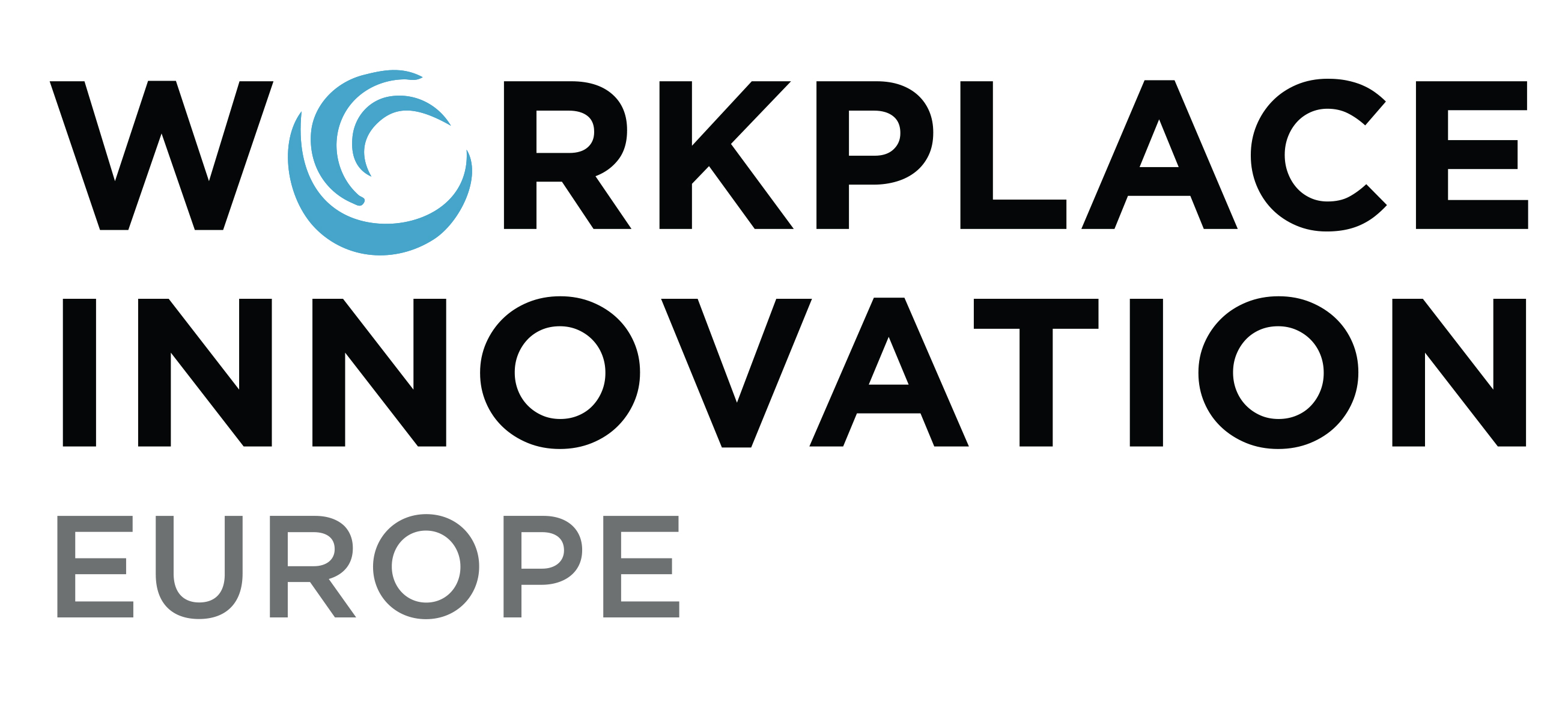The future of work?
Digitisation is only part of the answer

Neil Devons
Workplace Innovation Europe CLG
The application of technology to digitally transform how industrial companies operate has been widely accepted as the next major stage in the future of work. Surely technology-driven efficient ways of working, a new found agility to respond to market volatility and the introduction of new business models must be in the interests of every business?
Indeed, digital technologies do promise a lot. Using ICT to digitise information and integrate systems; the ability to monitor and control physical processes and systems; wireless and internet technologies that link machines, work products, systems and people; simulation, modelling and virtualisation in the design of products; collection, analysis and exploitation of vast quantities of data; and greater ICT-based support for human workers, including robots, augmented reality and intelligent tools are some of the must-have outcomes of Industry 4.0 identified by the European Parliamentary Research Service.
Never before have businesses so depended on digital technology in the light of pandemic driven lockdowns, home-working and social isolation. However, while Industry 4.0 contributes important insights and enhances understanding of the challenges and opportunities facing today’s businesses, claims that it offers a comprehensive, global narrative on the future of work and the economy, and indeed that it represents an inevitable as well as a desirable development, should be treated with caution.
As part of Digital Leaders Week, Dr. Peter Totterdill, Director of Workplace Innovation Europe CLG, delivered an online presentation to over 100 virtual delegates where he argued strongly that technology-led change alone may not produce the expected results and can even have adverse unintended outcomes with ‘technological determinism’ repeating the mistakes of previous eras.
Digital technology has its place but must be linked to a business-led strategy that enhances human potential rather than replacing it. Peter Totterdill said: “Everything we know from decades of research and practical experience about what makes a productive, innovative and healthy organisations cannot be put aside because of digital technologies. On the contrary, it is now more important than ever.”
He emphasised:
- Technologies do not determine the design of jobs and organisations – the choices we make do so
- Digital technologies are most effective when they enhance human labour – not replace it
- Organisations only achieve a full return on digital investments when they are combined with workplace innovation.
But just how do we achieve integrating digital and human potential? In such a fast-changing world how, do we put people before technology?
The key concept here is Workplace Innovation, the introduction of workplace practices that enable all employees to use and develop their skills, knowledge, experience and creativity to the full, leading to enhanced performance and quality of working life. Comparing like for like, companies adopting workplace innovation practices systematically achieve 20-60% gains in productivity, innovation and well-being compared with those using traditional organisational practices.
At the core of this lies People-Centred Change where you can enhance strategic aims and objectives by tapping into the accumulated wealth of tacit knowledge across the workforce. This needs buy-in from the top and, as one delegate to the Digital Leaders presentation said, senior managers must evolve from ‘controllers to cheerleaders’. They must work to dismiss the idea that technological innovation is a threat to jobs and consider more how it can create opportunities for existing employees to contribute more in terms of creativity and how to do things better. Creating a more inspirational workplace needs to eliminate the fear of innovating and the idea that change is something done to employees rather than being generated by them.
There is no linear process or one-size fits all solution. Business will differ in what they want to achieve and therefore how they go about achieving it. The first obstacle to overcome is finding out what works and what doesn’t in your organisation and this can be achieved by using the Workplace Innovation Diagnostic® which provides direct insights into opportunities for workplace innovation at organisational, departmental, team or demographic group levels and is linked to an action plan template.
In summing up, Peter Totterdill reaffirmed the significance of technological change and suggested a 6 step ‘Roadmap to Digital Advantage’.
- Be clear about what you want to achieve
- Embed employee-driven innovation & improvement in the organisation’s DNA
- Build an overview of the whole workflow and how the technologies relate to the wider organisation
- Interrogate and reveal the job design assumptions built-in to the technology
- Engage operators in implementation
- Upskill people to enhance their technical skills, problem-solving, self-organisation and teamwork
Peter added: “We already know what makes a great place to work and the introduction of advanced technologies can certainly play a part in achieving it. But human potential must underpin it and how we create that synergy between people and technology is the challenge we must face.”
Discover the Workplace Innovation Diagnostic®

Contact Peter to explore ways in which your business can achieve the best possible synergies between digital potential and human potential.
Image credits: Thank you Proxyclick

